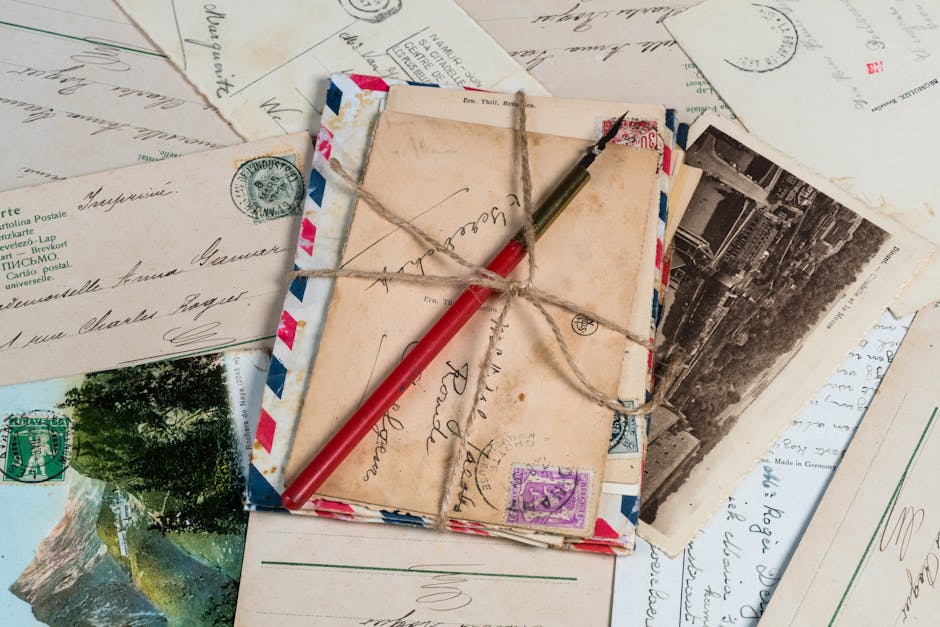From the beginnings of the newsletter to modern communication

The beginnings of the newsletter: information for the masses
The history of the newsletter begins long before the digital revolution. In the 16th century, there were already handwritten circular letters that were distributed by couriers to selected recipients. These early forms of newsletters were primarily intended for merchants and political decision-makers to disseminate news about merchandise, political developments or social events.
The invention of letterpress printing by Johannes Gutenberg in the 15th century opened up a new world of information dissemination. Printed circulars, which were often referred to as pamphlets or newspapers, reached increasingly larger target groups. The first known newspaper, "Relation aller Fürnemmen und gedenckwürdigen Historien", was published in Strasbourg in 1605 and can be seen as a precursor to modern newsletters.
The transition to the 20th century: Print and the first emails
In the 20th century, newsletters increasingly became an integral part of marketing and customer communication. Companies used printed newsletters to provide information about their products, services or news. Customer magazines and newsletters became particularly popular in the 1950s and 60s.
With the invention of the internet in the 1960s, the way we communicate changed fundamentally. The first email was sent in 1971 - a milestone that laid the foundation for the digital newsletter. In the 1990s, when the internet became accessible to private users, the era of email marketing began. Companies quickly recognised the potential of sending targeted messages directly to their customers' inboxes.
The digital newsletter: from spam to valuable content
In the early 2000s, the digital newsletter experienced a boom - albeit with downsides. Many companies sent masses of non-personalised emails, which were quickly perceived as spam. This led to growing resentment among recipients and stricter regulation, such as the introduction of the CAN-SPAM Act in the USA or the GDPR in Europe.
At the same time, however, a new understanding of the newsletter as a valuable means of communication developed. Instead of simply sending out adverts, companies began to convince their recipients with relevant content. Topics such as personalisation, storytelling and added value suddenly took centre stage.
Today: An indispensable tool for brands and creators
Today, newsletters are an integral part of digital marketing. They are not only used to disseminate information, but also to establish a direct and personal connection with recipients. Thanks to modern technologies, newsletters can be designed to be extremely targeted and interactive. Automation, segmentation and data-based analyses make it easier than ever to deliver the right content at the right time.
Individuals and creators are also increasingly relying on newsletters to inform and build their community. Blogs and newsletters often merge into one unit, with the newsletter serving as a distribution channel for blog posts.
Start easily with Streusel
Want to create a newsletter yourself? With Streusel.io, we offer you the perfect solution: an easy-to-set-up platform that seamlessly combines blog and newsletter. You don't need any prior technical knowledge - your content takes centre stage.
Start today and deliver your messages directly to your readers' inboxes. Sign up and discover how easy modern newsletter distribution can be!



